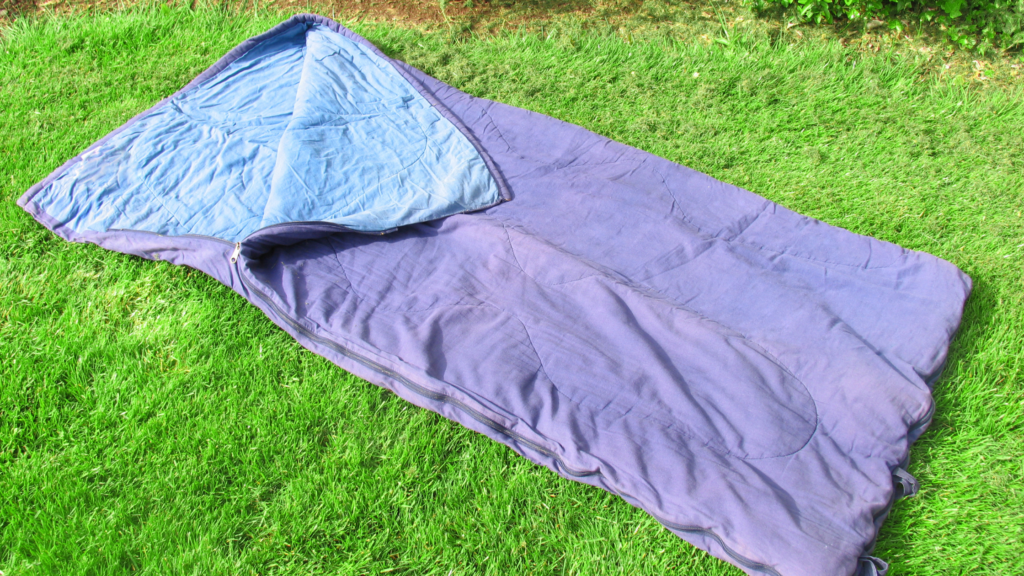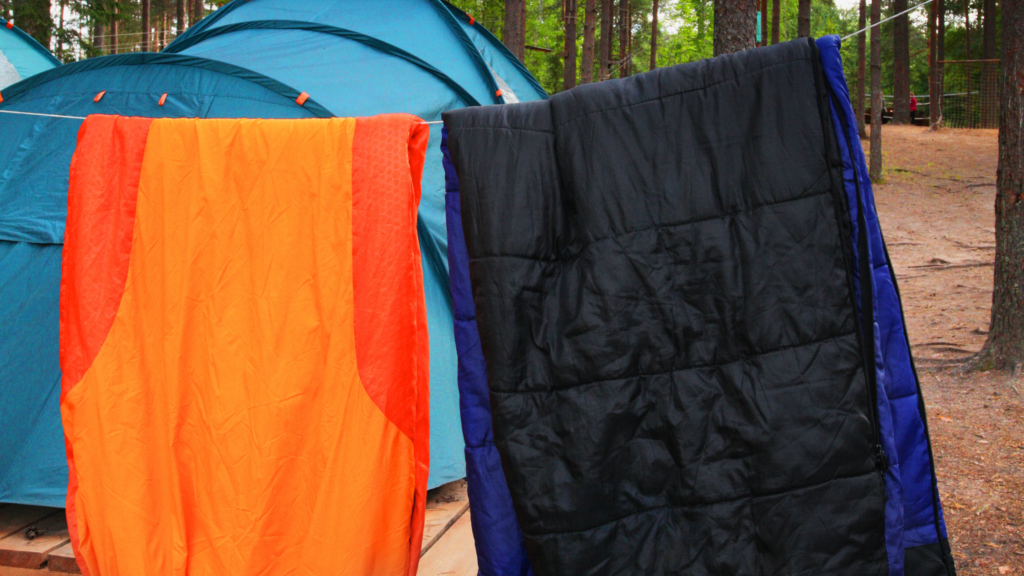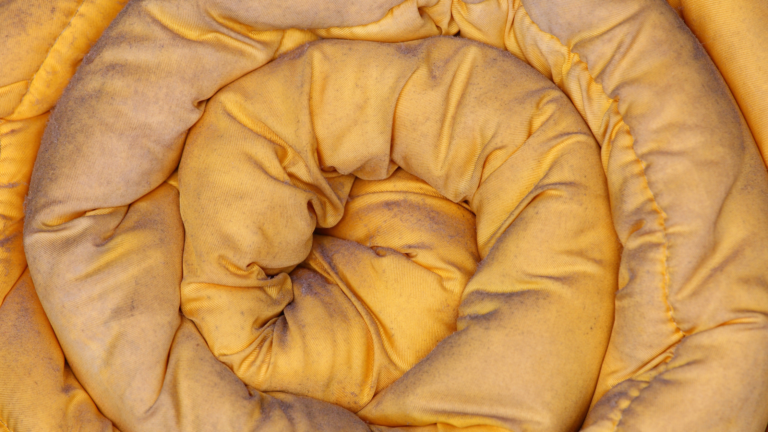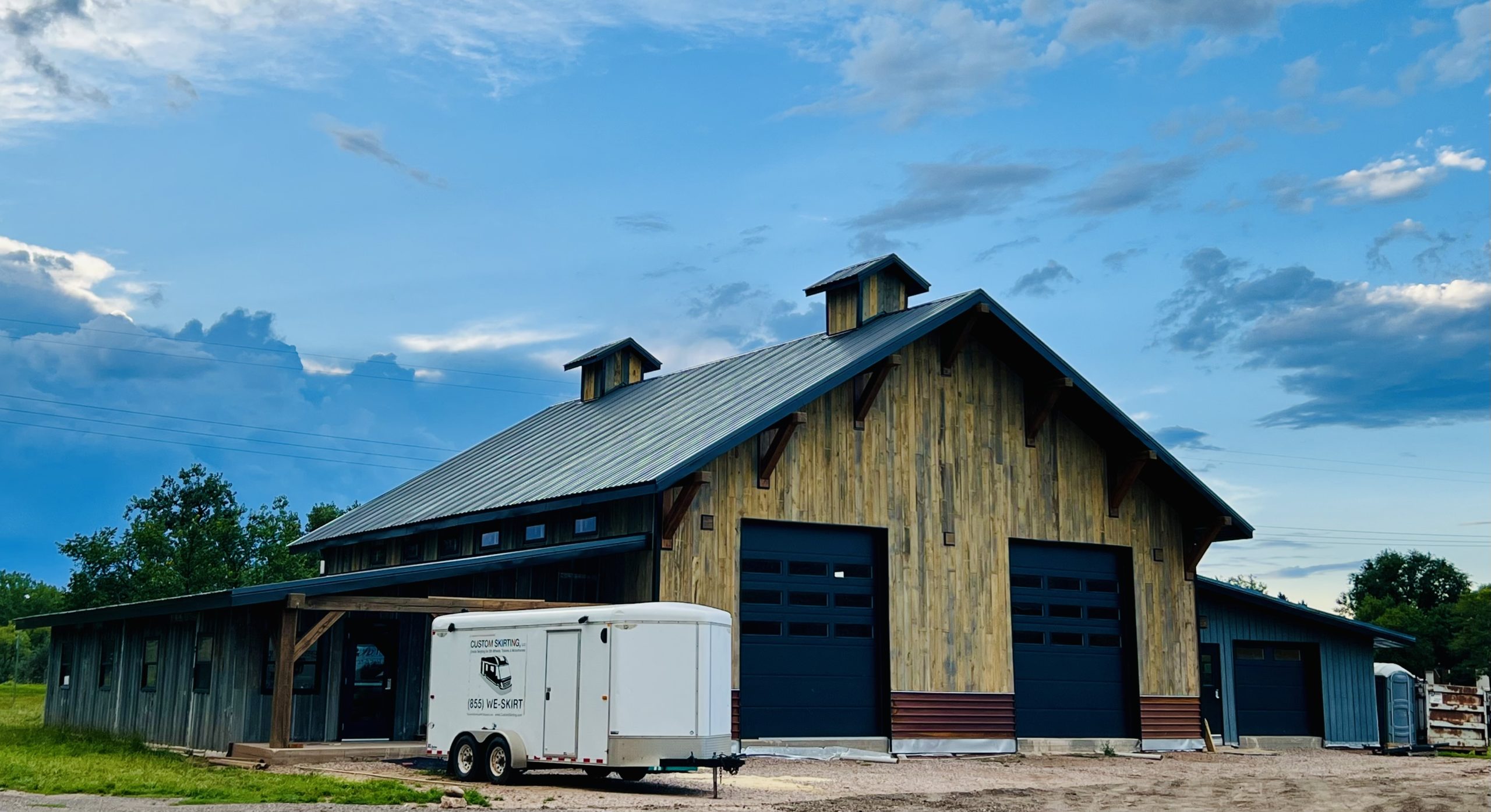Table of contents
Outdoor adventures often involve cozying up in a sleeping bag after a long day of hiking, camping, or backpacking. To ensure your sleeping bag remains comfortable, warm, and effective, it’s essential to know how to wash a sleeping bag properly. Whether you have a synthetic or down-filled bag, regular cleaning is key to maintaining its performance and extending its lifespan. In this guide, we’ll explore how to wash a sleeping bag, covering both down and synthetic options. We’ll also discuss how often you should clean your sleeping bag and offer tips for spot cleaning and maintaining it between washes.
Why Washing Your Sleeping Bag Matters
Understanding the importance of washing your sleeping bag goes beyond aesthetics; it’s about preserving its functionality and ensuring a comfortable night’s sleep. Over time, your sleeping bag accumulates body oils, dirt, sweat, and other debris that can compromise its insulation and loft. This buildup can reduce the bag’s ability to retain heat, making it less effective during cold nights.
Properly washing your sleeping bag revitalizes its performance, ensuring it provides the warmth and comfort you need. Regular cleaning can also extend the lifespan of your sleeping bag, making it a worthwhile investment. But how often should you wash your sleeping bag? The frequency depends on how often you use it. For occasional campers, washing once a season is sufficient. However, for frequent backpackers or those on extended trips, a mid-season wash may be necessary.
Preparing to Wash Your Sleeping Bag
Before diving into the washing process, it’s crucial to prepare your sleeping bag correctly. Start by checking the manufacturer’s care instructions, which can usually be found on the label or packaging. These instructions provide specific guidance on washing and drying based on the materials used.
Next, gather the necessary supplies. If you’re washing a down sleeping bag, you’ll need a down-specific detergent to preserve the feathers’ loft and insulation. For synthetic sleeping bags, a mild detergent will suffice. Additionally, decide whether to hand-wash or machine-wash your sleeping bag. If you choose machine washing, use a front-loading washer to avoid damaging the bag’s fabric. Top-loading washers with an agitator can be too rough on the delicate materials.

Step-by-Step Guide to Washing Your Sleeping Bag
Hand-Washing Method
Hand-washing is the gentlest way to clean a sleeping bag, particularly for down-filled bags. Follow these steps for a thorough hand-washing:
- Fill a Bathtub: Use lukewarm water to fill a clean bathtub. Add the appropriate amount of down-specific or mild detergent to the water.
- Submerge the Sleeping Bag: Gently place your sleeping bag in the water, ensuring it’s fully submerged. Squeeze the bag to allow the detergent to penetrate the fibers. Avoid twisting or wringing the bag, as this can damage the insulation.
- Soak and Agitate: Let the sleeping bag soak for 30 minutes. Periodically agitate the water by pressing down on the bag to loosen dirt and oils.
- Rinse Thoroughly: Drain the soapy water and refill the tub with clean water. Rinse the sleeping bag by pressing out the soap. Repeat this process until the water runs clear, ensuring no detergent remains.
- Gently Remove Excess Water: After rinsing, carefully lift the sleeping bag out of the water, supporting its weight to avoid tearing the seams. Press out excess water without wringing or twisting.
Machine-Washing Method
If you prefer the convenience of machine washing, follow these steps to ensure a safe and effective clean:
- Choose a Front-Loading Washer: Always use a front-loading washer, as top-loading machines with agitators can damage the sleeping bag’s fabric and insulation.
- Select a Gentle Cycle: Set the machine to a gentle or delicate cycle with cold or lukewarm water. Add the appropriate detergent, using a down-specific product for down sleeping bags.
- Wash Unzipped: Washing the sleeping bag unzipped allows for more thorough cleaning and prevents stress on the zipper. However, check the manufacturer’s instructions, as some may recommend washing it zipped.
- Rinse Twice: For down sleeping bags, it’s crucial to run an extra rinse cycle to remove all detergent, which can weigh down the feathers and reduce loft.
- Handle with Care: After washing, carefully remove the sleeping bag from the machine, supporting its weight to prevent damage.
Drying Your Sleeping Bag
Drying your sleeping bag correctly is just as important as washing it. Improper drying can lead to clumping, reduced loft, and even mildew growth. Here’s how to dry your sleeping bag effectively:
- Air-Drying Method: For those who prefer to air-dry, lay the sleeping bag flat on a clean surface in a well-ventilated area, away from direct sunlight. Occasionally flip the bag and gently fluff it to maintain loft.
- Using a Dryer: If you opt to use a dryer, set it to a low heat setting. High heat can damage the materials, especially in down sleeping bags. Place the sleeping bag in the dryer along with dryer balls or clean tennis balls to help break up clumps and restore loft. This process can take several hours, so be patient.
- Ensure Complete Dryness: Before storing your sleeping bag, make sure it’s completely dry. Any remaining moisture can lead to mold and mildew, ruining the bag. Feel the insulation through the fabric to check for damp spots.
Spot Cleaning and Maintenance
In between full washes, spot cleaning is an excellent way to keep your sleeping bag fresh and clean. Focus on areas that tend to get dirty, such as the head and foot sections. Here’s how to spot clean your sleeping bag:
- Target Specific Areas: Use a damp cloth, mild soap, and a soft brush to gently scrub the dirty spots. Avoid soaking the fabric; instead, use just enough water to lift the stain.
- Rinse and Blot: After cleaning, use a clean cloth to blot away soap residue. Allow the area to air dry completely before packing the sleeping bag away.
- Regular Maintenance: After each use, air out your sleeping bag to remove moisture and odors. Store it in a large cotton sack or hang it up in a dry, cool place. Avoid compressing the bag for long periods, as this can damage the insulation.
Professional Cleaning Services
While washing your sleeping bag at home is usually sufficient, there are times when professional cleaning services are worth considering. For instance, if your sleeping bag has stubborn stains, odors, or is heavily soiled, a professional cleaner can restore it to like-new condition. Companies like Rainy Pass Repair specialize in cleaning and repairing outdoor gear, including sleeping bags.
Professional cleaning services offer the benefit of expertise and specialized equipment, ensuring a thorough clean without damaging your sleeping bag. However, this option can be more expensive and time-consuming than washing at home, so weigh the pros and cons before deciding.

Frequently Asked Questions
Can you put a sleeping bag in the washing machine?
Yes, you can put a sleeping bag in the washing machine, but it’s important to use a front-loading washer. Top-loading machines with agitators can be too rough and may damage the sleeping bag’s insulation and fabric. Follow the manufacturer’s care instructions and choose a gentle cycle with cold or lukewarm water. For down sleeping bags, use a down-specific detergent and consider running an extra rinse cycle to remove all soap residue.
Should you wash a sleeping bag zipped or unzipped?
Generally, it’s recommended to wash a sleeping bag unzipped. Washing it unzipped allows for more thorough cleaning, especially along the zipper line and seams. However, some manufacturers may advise washing the bag zipped, so it’s always best to check the care instructions first. Washing it unzipped also reduces stress on the zipper, preventing potential damage.
Can you tumble dry a sleeping bag?
Tumble drying is a common method for drying sleeping bags, particularly down-filled ones, as it helps restore loft. Use a low heat setting to avoid damaging the fabric and insulation. Add a few dryer balls or clean tennis balls to the dryer to help break up clumps and fluff the insulation. The drying process can take several hours, so be patient and periodically check the bag for damp spots. Ensure the bag is completely dry before storing it.
How do you clean a smelly sleeping bag?
To clean a smelly sleeping bag, start with spot cleaning the areas with the most odor, such as the head and foot sections. Use a mixture of mild soap and water, and gently scrub the affected areas. If the odor persists, consider a full wash using the methods outlined above. For down sleeping bags, it’s crucial to use a down-specific detergent to maintain loft and insulation. To prevent future odors, always air out your sleeping bag after each use and store it in a dry, cool place.
Ready for Your Next Adventure? Stay at Black Hawk Creek RV Park & Cabins
After learning how to wash and care for your sleeping bag, you’re all set for your next outdoor adventure. Whether you’re planning to explore the breathtaking Badlands, visit the iconic Mount Rushmore, or discover the vibrant attractions in Rapid City, South Dakota offers endless opportunities for adventure. Why not make Black Hawk Creek RV Park & Cabins your home base?
Nestled in the heart of South Dakota, our year-round park provides the perfect spot for both RV travelers and those seeking cozy cabin stays. With easy access to all the nearby attractions, you can enjoy your adventures knowing you have a comfortable place to return to each day. Book your stay at Black Hawk Creek RV Park & Cabins today, and let the adventure begin!






